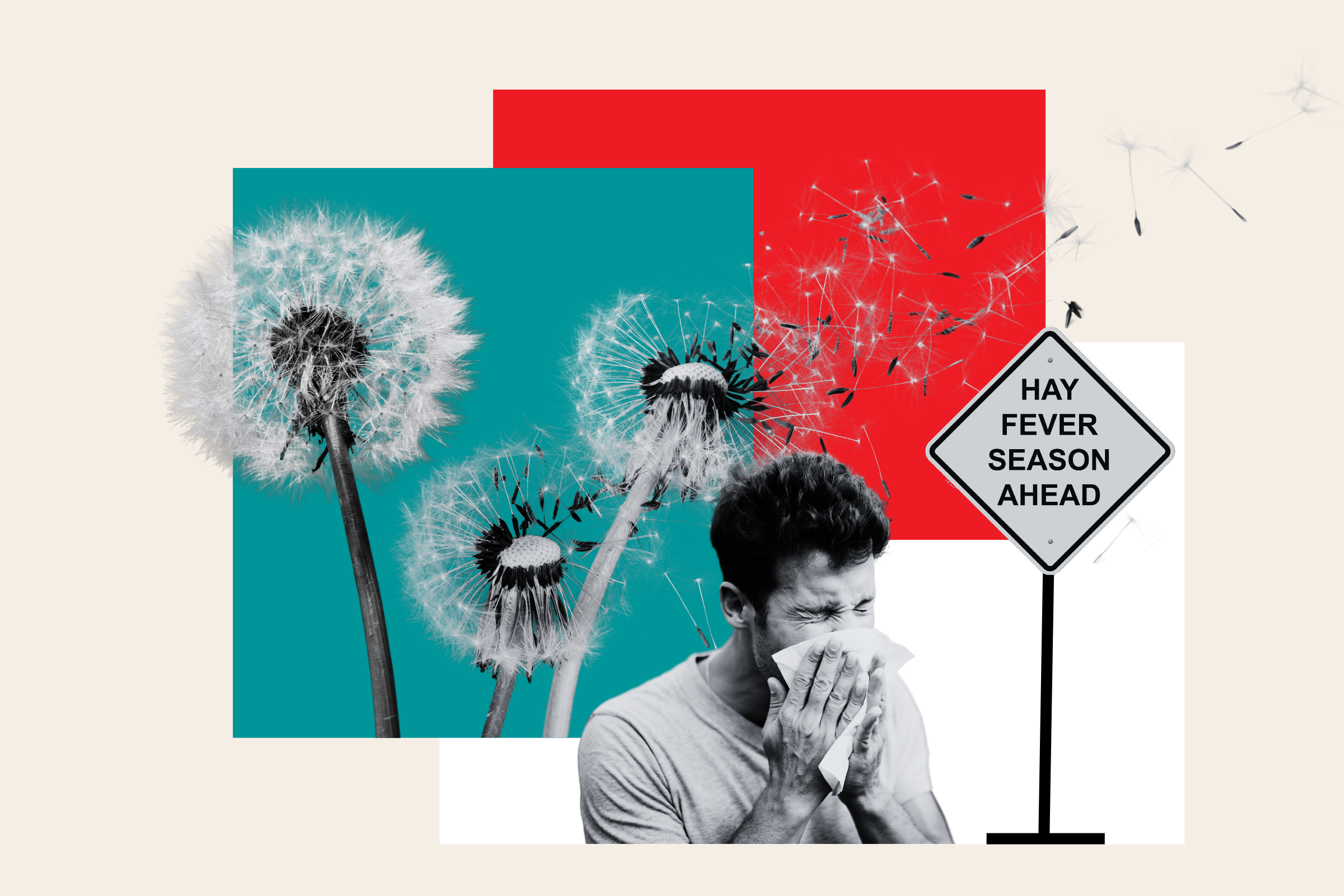A man from the Kenai Peninsula, to the southwest of Anchorage, has become the first person to die of the recently discovered disease Alaskapox, officials have said.
In a bulletin on Friday, the Alaska Department of Health said the elderly man, who had a history of drug-induced immunosuppression because of cancer treatment, had died in late January after first exhibiting possible symptoms of the disease in mid-September.
Alaskapox is thought to have first emerged in the human population in 2015 in the Fairbanks area, and is zoonotic—that is, it is transferable between animals and humans.
The Alaska Department of Health said that there had been seven recorded instances of infections with the virus to date. Before December, all reported incidents had occurred in the Fairbanks area and involved illness that did not require treatment, such as a localized rash.

It said the man who died recently lived alone in a forested area and reported having not traveled nor been in close contact with someone with similar symptoms prior to infection.
However, he reported caring for a stray cat that regularly hunted small animals and frequently scratched him, including once on his right armpit—where a tender, red raised spot first appeared—in the month before the infection developed.
State testing has found Alaskapox prevalent most commonly in red voles and squirrels, Alaska Public Radio reported, with Julia Rogers, an epidemiologist with the Centers for Disease Control and Prevention (CDC) in Alaska, telling the outlet that it circulates "primarily within animal populations with spillover into humans occasionally."
She cautioned: "If you're trapping or hunting, make sure that you're trying to avoid having any of your pets interact or make contact with these small mammals."
Curators at the University of Alaska's Museum of the North told the Alaska Beacon that testing had discovered the virus in a vole specimen in its collection acquired 25 years ago, suggesting the virus may have existed in small mammals well before it entered the human population.
They said there was a chance that Alaskapox may have already spread into animals beyond Alaska.
When asked to comment, a CDC spokesperson told Newsweek that "there is currently no evidence that people outside of Alaska are at risk of getting Alaskapox" and that it "is not planning additional messaging at this time" to caution more widely about the disease.
The Alaska Department of Health said that after the elderly man noticed the raised spot on his armpit, he visited his primary healthcare provider and the local emergency department several times over six weeks, and was prescribed various antibiotics. Despite this, he began to experience increased pain in his armpit and a hardening of the spot.
He was hospitalized on November 17 because the "extensive progression" of his illness was impeding movement of his arm, before being transferred to another hospital in Anchorage, where he began to complain of a burning sensation.
A comprehensive range of tests was then performed, which initially came back positive for cowpox, but more advanced testing ruled this out along with other poxes and similar viruses—but not Alaskapox. Testing by the CDC later found his condition was consistent with the emerging virus.
Despite seeing an improvement in his health after a week of targeted treatment, the elderly man exhibited delayed wound healing, malnutrition, kidney failure and respiratory failure before dying.
The Alaska Department of Health said that because the case occurred outside the Fairbanks area, it suggested the virus "appears to be more geographically widespread in Alaska's small mammals than previously known and warrants increased statewide awareness."
"To better understand the geographic dispersion of Alaskapox virus in small mammal species, further animal trapping and testing is needed," the CDC spokesperson said. "We are not sure exactly how the virus spreads from animals to people but contact with infected small mammals and domestic pets that have had contact with infected small mammals could play a role," similar to other related viruses.
Update 2/12/24, 5:17 a.m. ET: This article was updated to include further information.
Update 2/13/24, 5:10 a.m. ET: This article was updated to include comment from a CDC spokesperson.
Uncommon Knowledge
Newsweek is committed to challenging conventional wisdom and finding connections in the search for common ground.
Newsweek is committed to challenging conventional wisdom and finding connections in the search for common ground.
About the writer
Aleks Phillips is a Newsweek U.S. News Reporter based in London. His focus is on U.S. politics and the environment. ... Read more
To read how Newsweek uses AI as a newsroom tool, Click here.








